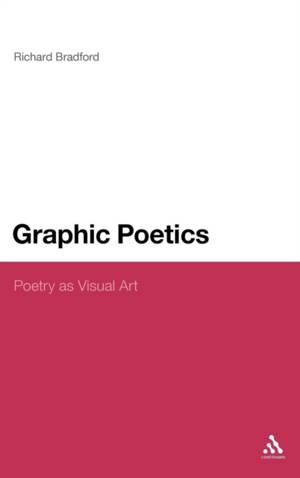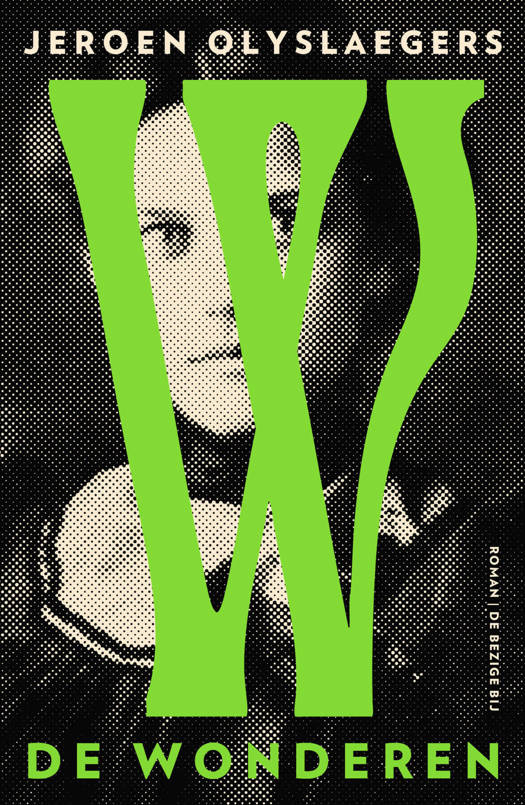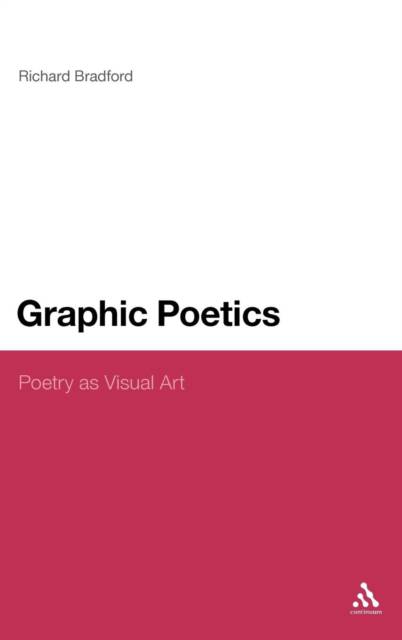
- Afhalen na 1 uur in een winkel met voorraad
- Gratis thuislevering in België vanaf € 30
- Ruim aanbod met 7 miljoen producten
- Afhalen na 1 uur in een winkel met voorraad
- Gratis thuislevering in België vanaf € 30
- Ruim aanbod met 7 miljoen producten
Zoeken
Omschrijving
Concrete', 'pattern' or 'shaped' poems are well documented as experimental curiosities. While giving some attention to this sub-genre the book shifts the focus to the ways in which visual form manifests itself in traditional verse, examining poems by Milton, Wordsworth, Eliot, Olson, T.E. Hulme, Auden, Williams, Larkin and Charles Tomlinson. It examines how the tactile presence of the poem on the page transcends the routine distinctions between genre and historical context, emerging as a significant but largely unexamined contribution to modernist poetics. The interpretative methodology is radical, adapting Wollheim's twofold thesis grounded in the aesthetics of visual art to the author's own concept of the double pattern Graphic Poetics challenges the accepted protocols of reading and interpreting verse and considers how poetry is involved in a dialogue with such theoreticians as Derrida. Introducing a new perspective on how poems work and on how they generate effects, it shows how poets use devices previously unrecognised and unacknowledged, techniques which are more commonly associated with visual arts than with literature.
Specificaties
Betrokkenen
- Auteur(s):
- Uitgeverij:
Inhoud
- Aantal bladzijden:
- 224
- Taal:
- Engels
- Reeks:
Eigenschappen
- Productcode (EAN):
- 9781441123459
- Verschijningsdatum:
- 24/03/2011
- Uitvoering:
- Hardcover
- Formaat:
- Genaaid
- Afmetingen:
- 156 mm x 234 mm
- Gewicht:
- 489 g

Alleen bij Standaard Boekhandel
+ 593 punten op je klantenkaart van Standaard Boekhandel
Beoordelingen
We publiceren alleen reviews die voldoen aan de voorwaarden voor reviews. Bekijk onze voorwaarden voor reviews.








